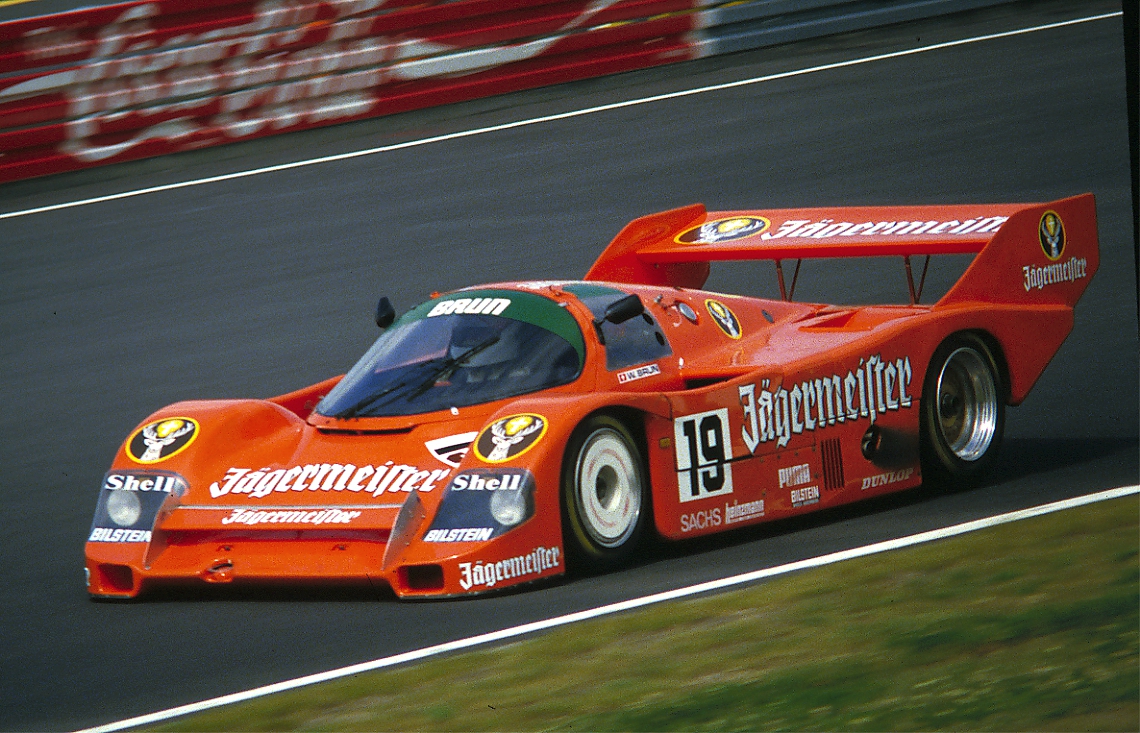MadMatt wrote:About the cooling, well I would say that I take dimensions of existing cars for the vents, which are a good way to start with, so I have a safe basis. A V6 engine doesn't require a lot of cooling, and as I take dimensions from V8 cars as basis, I think it is oversize. But that's the basis, then it will be possible to optimize everything.
Your cooling requirements have almost nothing to do with how many cylinders you're running. It's mostly about how much power your engine is handling.
There are several ways you can go about designing a car, but jumping around as you happen to think about a given part is not a very good one. One tried and true way to design is to start with the engine and transmission as a unit. Put these together, figure out what driveshaft angles you can live with, and that's the maximum you can move that combo around in your car. Now place your suspension in the available space, figure out if moving the engine a couple cm's helps your aero concept, and move to the passenger cell. That is mostly designed around ergonomic and safety related issues, so there's not really that much leeway. Once you have these 2 modules, join them together, figure out where you have volume left for fuel, place your front tires and suspension based on whatever design compromises you've chosen (longer wheelbase gives more room for cargo and aero, but big cars are much harder to deal with in the real world), figure out your CofG (balast is not a very good idea on a road car), cooling, brakes, passenger comforts (you're gonna need a heater and defroster at a minimum), there's a very long list of things.
You worry about aero after you've designed the entire car, not first on your list. Also, you're chassis as it's shown in your pics is unbuildable. Assuming you actually want to at least dream of making this thing some day, it needs significant changes.
Why marry yourself to a V6? Pick the power, efficiency, volume and mass you hope for, then shop around for the best compromise you can find, and could realistically afford if you're serious. I would advise you dump the supercharger, it adds weight, volume and complexity for nowhere near enough performance gain. The engine is the heart of a roadcar, it's by far the most important component. I'm sorry, but it seems like you've mostly ignored it to date.
Ground effect has no realistic place on a road car. The Daur 962 was changed to a flat bottom unless I've lost my mind, and the other cars you reference are all racing cars. As an aside, the McClaren F1 wasn't much of a ground effect car, even in race trim. There have recently a handful of so-called ground effect roadcars, but they measure their total downforce in the hundreds of pounds. The Comparo isn't a roadcar, it's a track-day car. And is it even in production yet?
Real ground effect requires a great deal of control over the airflow underneath the car. This in turn pretty much requires an extremely low ride height, which is just not viable on a road car.
You should have your car around 90% complete before you even begin playing around with your aero profile. But when you do start, you do so by figuring out where your C of G is, and where you need your C of Pressure to be in order to maintain stability. THEN, you start at the front of your car and work your way back. Anything you do to your aero has a massive effect on all the aero stuff behind it, so leaving the front till last is useless.
For nearly cars, and especially roadcars, rear downforce is easy to gain, but has a large drag penalty. Front downforce is very hard to gain, but is essentially free.
Personally, I think you've not only jumped into the deep end, but jumped off the pier into a hurricane without a vest. The vast majority of chassis designers who came up through the ranks built at least 1 spaceframe as their first car, nearly always with an available and well established engine/trans. Many of them also copied or used off the shelf suspension components on that first car. Even McClaren didn't try to design their first engine totally in house without expert help.
If I were you, I'd start with something like the Lola T70. You want a medium displacement turbo V6, so modify your car to accept that. You want a carbon chassis, so start with the survival cell, modifying the front and rear halves of the spaceframe to put their loads into your cell. You'll have a hard time finding a road engine that can work as a stressed member, and there are very good reasons to not use your engine as a stressed member in a roadcar, so you'll most likely find you're stuck with the rear spaceframe, though you could always redesign it in aluminum if you'd like to.
The front of cars sees the vast majority of accident damage, so there's a very good reason to keep your front chassis as spaceframe. It's a lot cheaper to repair and/or modify that way. Again, you can always redesign it out of aluminum, just bear in mind that it's tough to save much weight compared to a well designed steel spaceframe, and steel is much more forgiving of suboptimal design, especially in fatigue.
Personally, I'd give up permanently on ground effect, but if you're dead set on it you should design your car with a removable floor and start out with a flat bottom. You should really do this anyway, floors see a decent amount of accident damage as well. Build your car as above, and you'll have a running, testable car before you even start making body panels.



